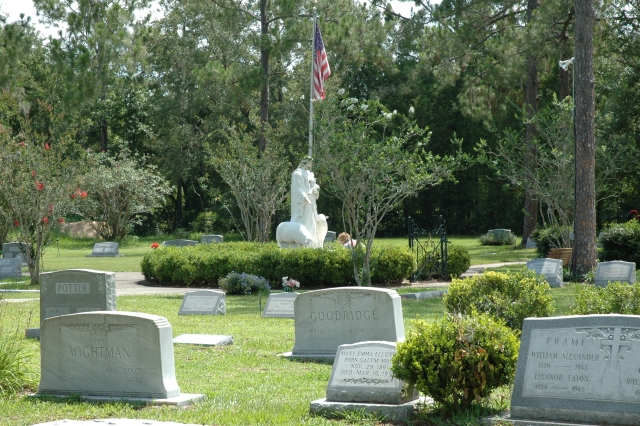Funerals

Because Holy Trinity is a relatively small church, there is a deeply personal aspect to our ministry to one another in times of joy and of sorrow. This is no more true than when we reach out to those who are bereaved, and assist loved ones in planning celebrations of life for departed loved ones.
It is common in Episcopal tradition for a family to notify a priest when a loved one is near death. If possible, the priest or pastoral caregiver goes to the place where the loved one is dying to say prayers at the time of death, and to comfort those who mourn.
Funerals are scheduled by the Vicar (priest-in-charge), and associate clergy and pastoral caregivers share in the ministration at the time of death and in the planning of burial services. Most burials and “celebrations of life” conform to the language of our prayerbook, called The Book of Common Prayer. It offers both traditional and contemporary rites of worship that can be custom-fit for persons who were active members of the Church and for those who weren’t baptized Christian. We are all God’s people.
At the time of funeral planning, loved ones are invited to meet with the clergy to choose Scripture readings, prayers, and music that would honor their loved one in a context of sacred thanksgiving. The casket or urn, when present, is covered with a white cloth called a pall. White signifies the burial worship is an Easter service, and the pall itself is a reminder that we all are mortal, regardless of our earthly station in life. The large Easter candle called the Paschal candle is lit as a visible reminder of Jesus’ resurrection, and our hope of life everlasting in God. Usually one of the clergy offers a short sermon, and we also welcome reflections offered by family members and friends. If a family would like to have a clergy person present at burial only, a Rite of Committal can be held at a columbarium (cremains), a cemetery (casket), or at the scattering of ashes.
There is no charge for funerals at Holy Trinity. We take seriously the responsibility of walking with God’s people in rites of life passage. If a reception is held after a funeral, a fee is charged for use of the social room.
For more information, please contact the Church Office.
